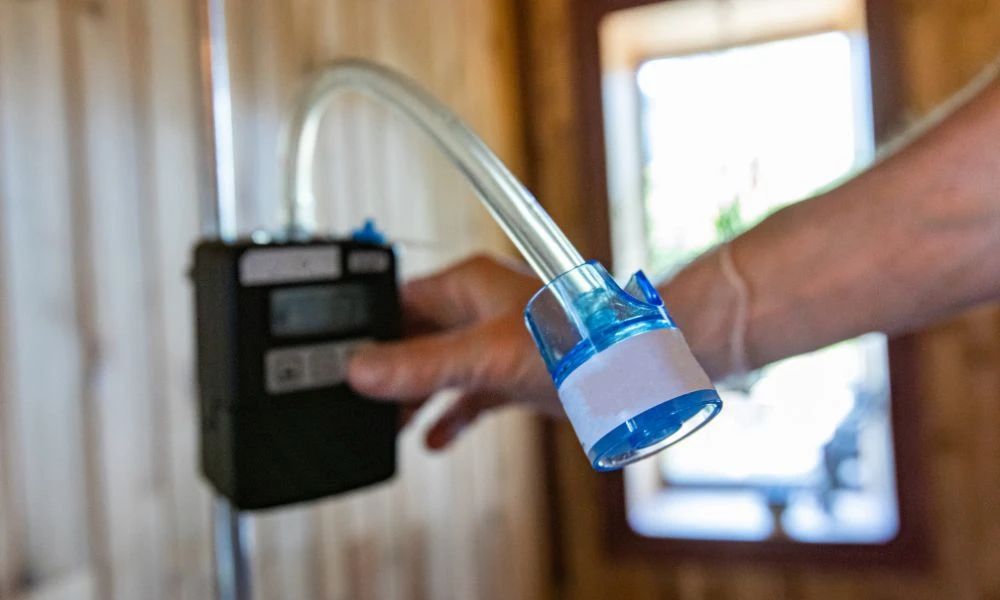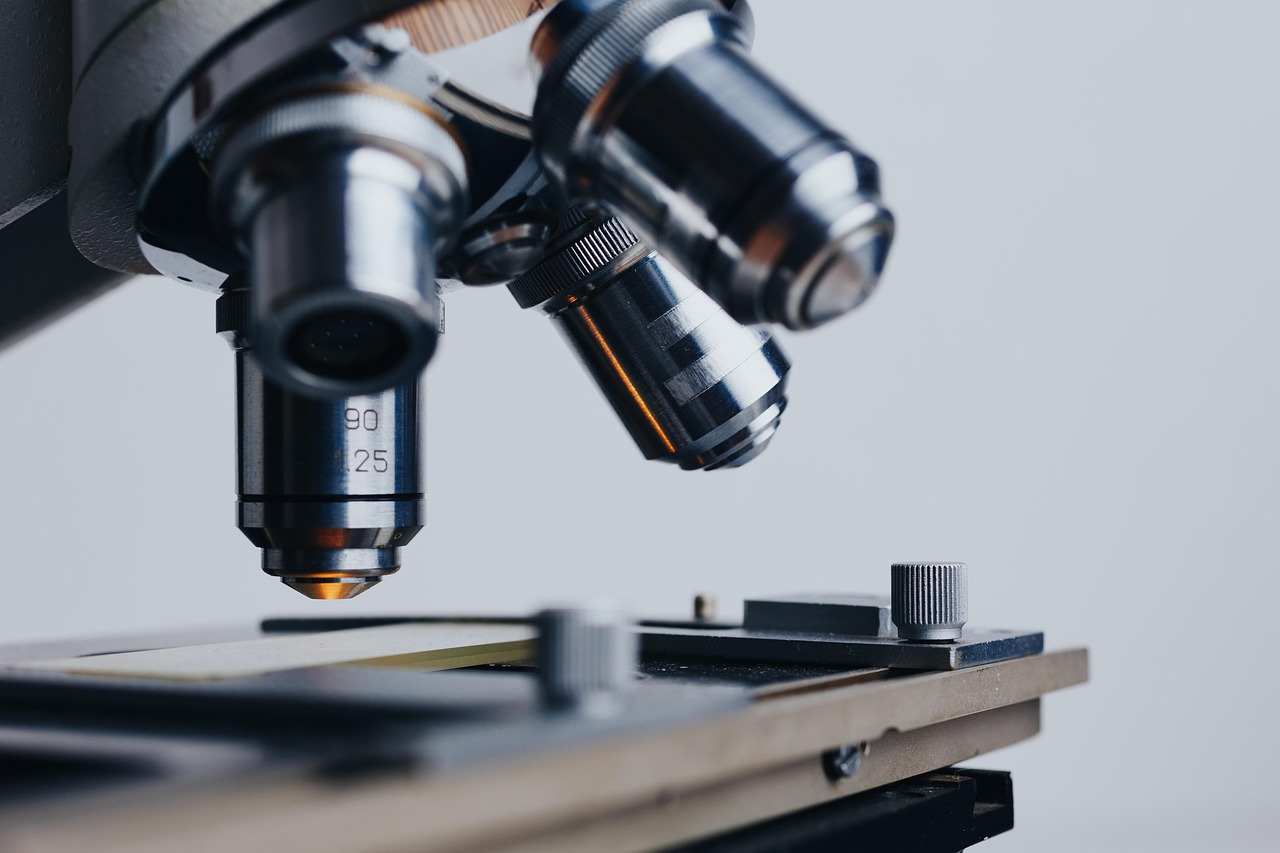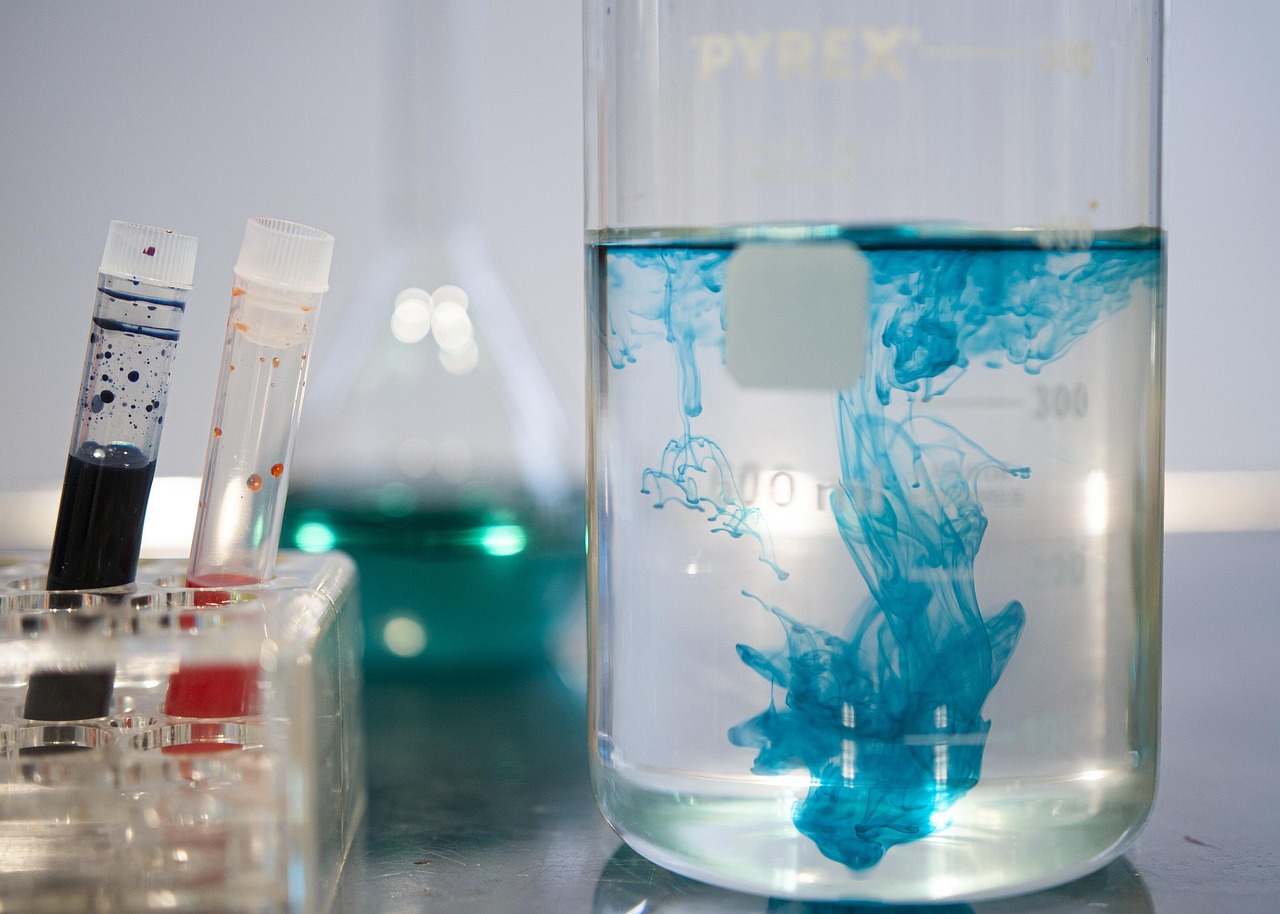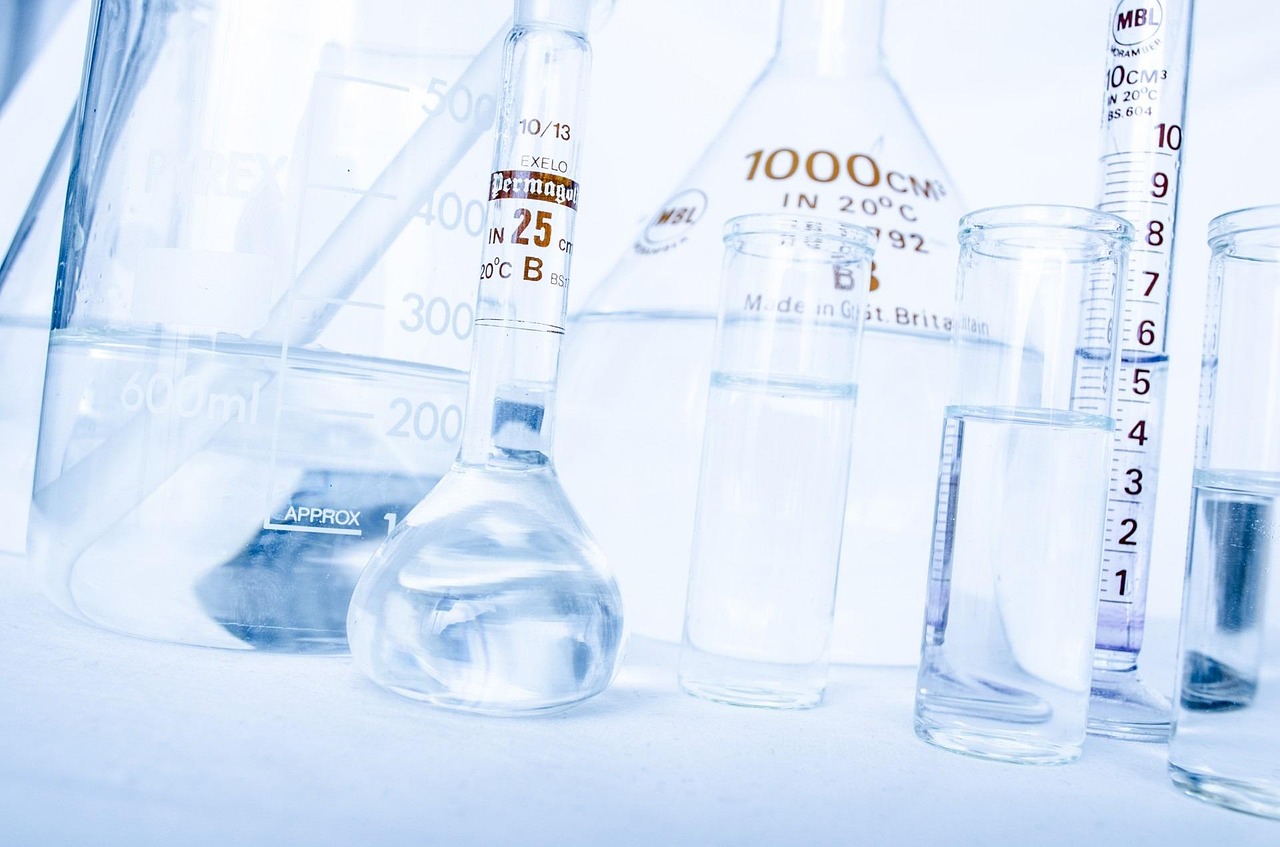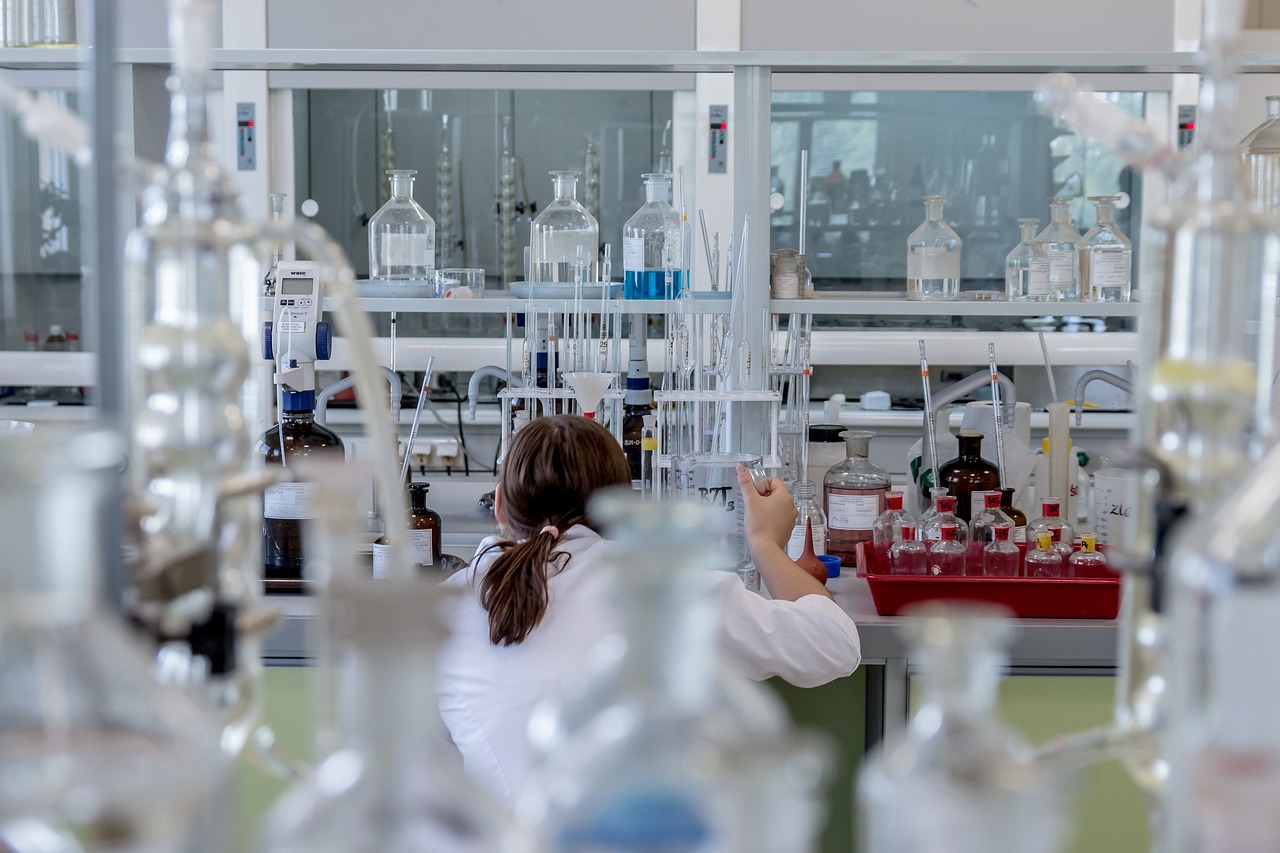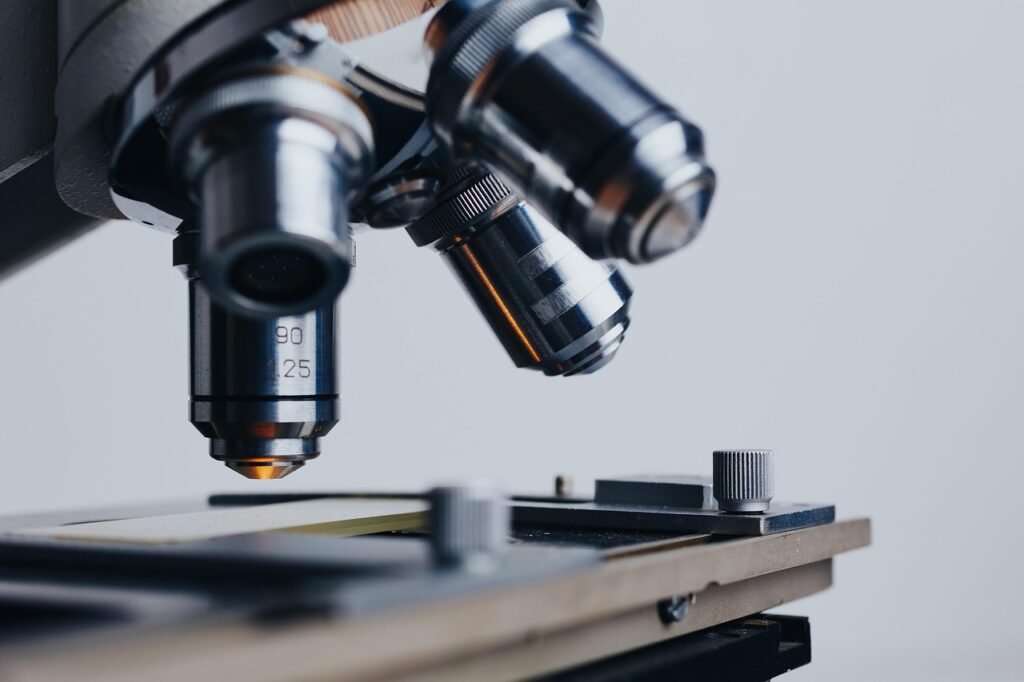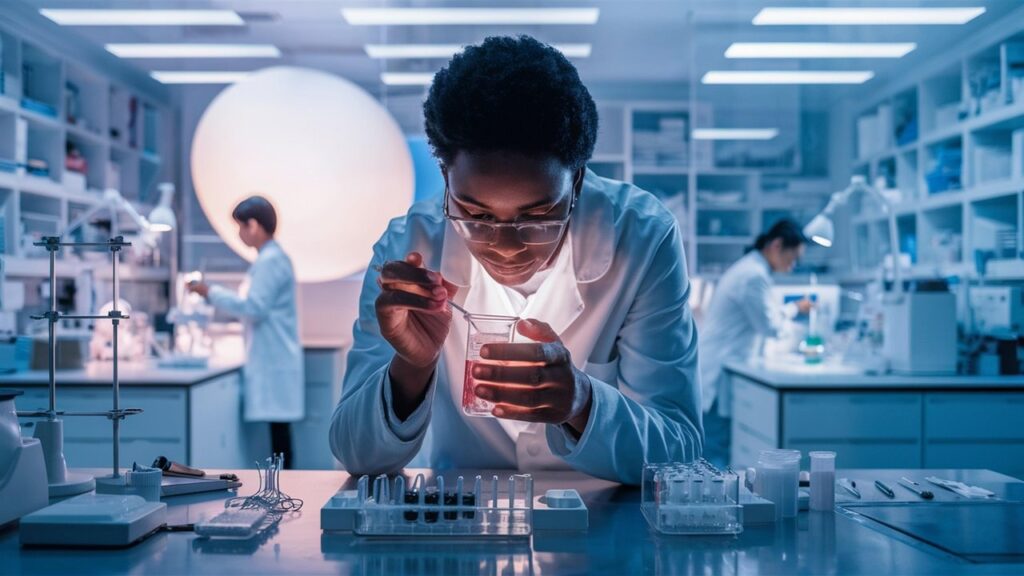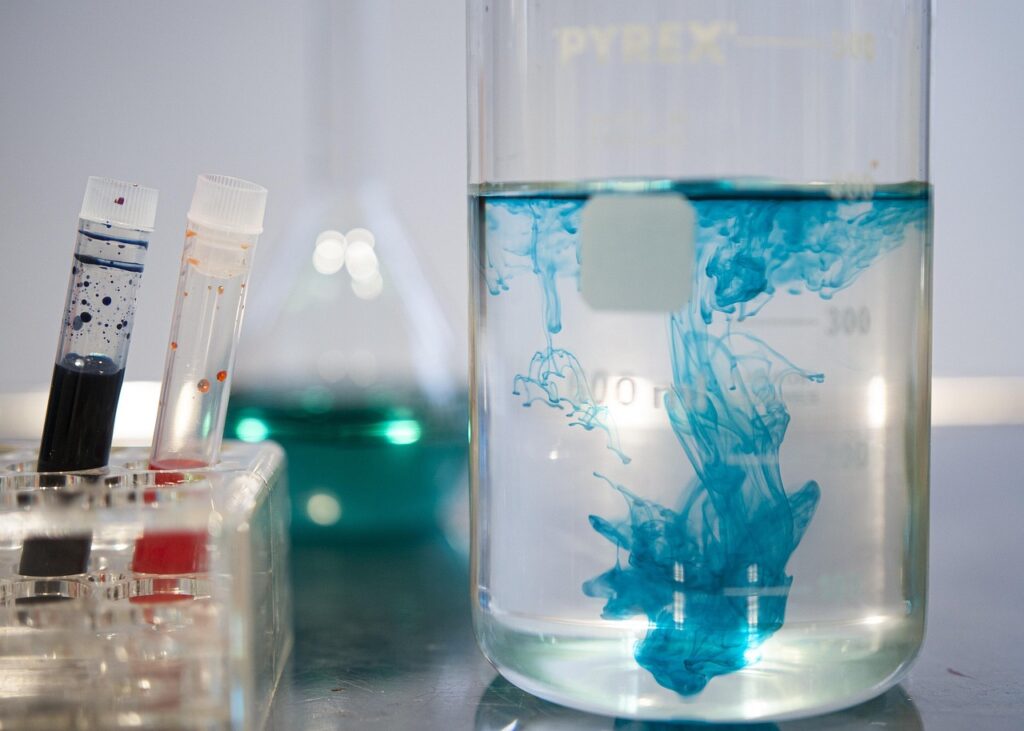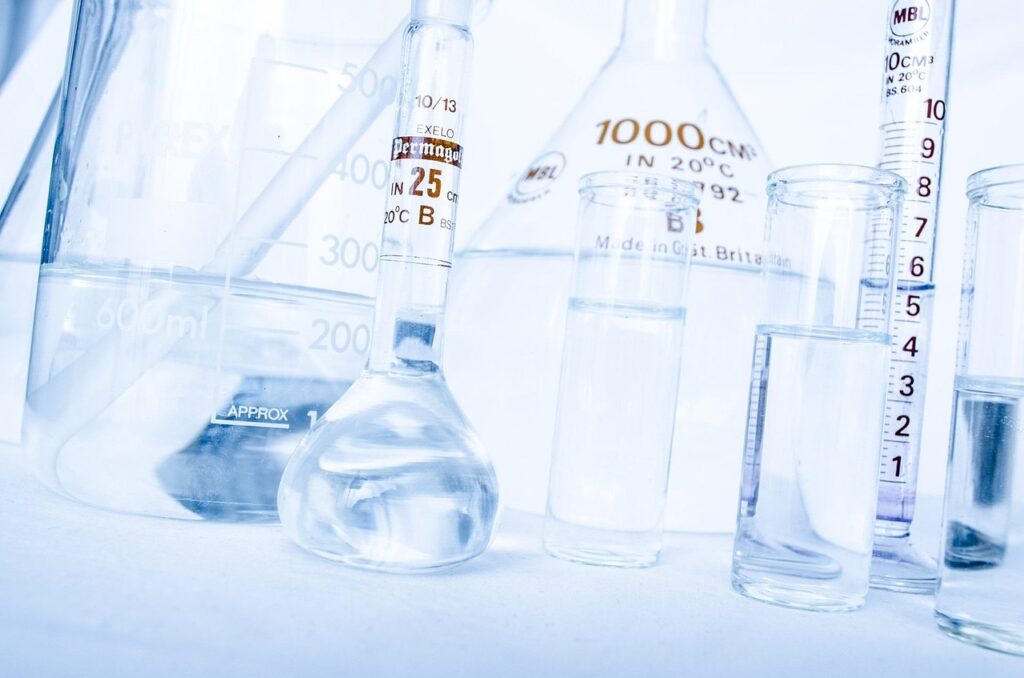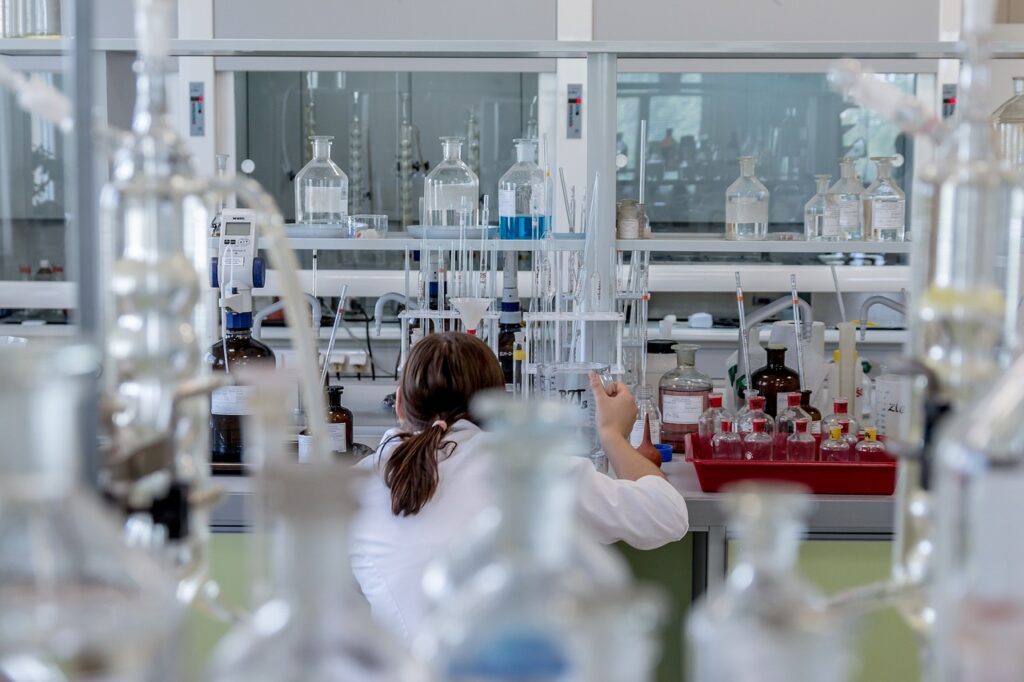In our ever-evolving world marked by expanding industries and urbanization, the crucial role of air testing labs in maintaining a healthy environment cannot be overstated. As these labs employ advanced technologies to scrutinize air quality, their contribution goes beyond assessment to proactively identify potential environmental hazards.
Amidst the intricate dynamics of industrial progress and urban development, air testing labs emerge as indispensable guardians, playing a vital role in preserving the delicate balance between human activities and environmental well-being.
This comprehensive guide explores the significance of air testing labs, their methodologies, and how they contribute to environmental health and safety.
Understanding Air Quality
The Basics of Air Testing
Establishing a foundational understanding is crucial before delving into the multifaceted contributions of air testing labs. This involves a meticulous process of identifying and quantifying various pollutants in the air, including particulate matter, volatile organic compounds (VOCs), and gases like nitrogen dioxide and sulfur dioxide.
With their potential health and environmental implications, these pollutants form the basis for comprehensive air quality testing. The insights from this analysis provide a snapshot of the current atmospheric composition and serve as a vital tool for recognizing potential environmental hazards.
As industries and urbanization continue to shape our surroundings, this foundational knowledge becomes instrumental in the proactive efforts of air testing labs to foster a healthier, more sustainable environment.
In essence, the basics of air quality testing are the cornerstone for the essential work undertaken by these labs in safeguarding our environmental health and safety.
Importance of Regular Air Quality Monitoring
Air quality is subject to substantial variations influenced by geographical location, industrial activities, and seasonal changes. Geographical disparities, industrial emissions, and seasonal fluctuations all contribute to the dynamic nature of air quality.
Regular monitoring is essential in this context, as it is a proactive measure to identify emerging trends and potential hazards associated with fluctuating air quality levels. This ongoing vigilance enables the formulation of effective mitigation strategies, ensuring that measures can be implemented promptly to address specific challenges.
By acknowledging the ever-changing nature of air quality and embracing a systematic monitoring approach, stakeholders can play a vital role in fostering a healthier environment and safeguarding public well-being.
The Role of Air Testing Labs
Identifying Environmental Threats
Air testing labs are pivotal in safeguarding environmental health by serving as frontline guardians against potential threats. Leveraging sophisticated instrumentation and advanced sampling techniques, these labs excel at pinpointing sources of pollution that could otherwise pose risks to ecosystems and human health.
Whether originating from industrial emissions, vehicle exhaust, or other sources, the precision of these testing methods allows for the accurate identification and quantification of pollutants. This proactive approach enables the prompt recognition of environmental threats and provides invaluable data for formulating targeted strategies to mitigate pollution at its source.
In essence, air testing labs emerge as instrumental allies in the ongoing effort to identify, monitor, and combat environmental threats, contributing significantly to the overall well-being of our planet.
Check out our blog, where we explain how to choose the right Air Quality Testing Lab for your needs.
Monitoring Indoor Air Quality
While outdoor air quality is undeniably critical, the significance of indoor air quality cannot be overstated when considering overall health. Air testing labs play a crucial role in this realm by meticulously assessing indoor environments for a spectrum of pollutants, including mold, radon, and various contaminants that can substantially impact the well-being of occupants.
Mold can potentially cause respiratory issues, and radon, a colorless, odorless gas associated with serious health risks, is among the specific contaminants targeted for assessment. These labs create healthier living and working spaces by scrutinizing indoor air quality.
Offering insights that empower individuals and organizations to take proactive measures to ensure the air we breathe indoors is as clean and safe as possible. In recognizing the dual importance of outdoor and indoor air quality, air testing labs emerge as essential players in promoting holistic environmental health.
Check out our Home Air Quality Testing blog to understand why monitoring indoor air quality matters.
Compliance with Regulations
Air testing labs play a crucial role in helping industries navigate environmental regulations governing permissible levels of pollutants. By conducting regular assessments using advanced technologies, these labs assist businesses in ensuring compliance with stringent standards.
The precise data generated from these assessments not only aids in meeting regulatory requirements but also empowers industries to address environmental concerns proactively.
Engaging with air testing labs demonstrates a commitment to regulatory adherence and reflects a broader commitment to responsible and sustainable practices. In this way, these labs become indispensable partners in the delicate balance between industrial operations and environmental preservation.
Methodologies Employed by Air Testing Labs
Sampling Techniques
Air testing labs utilize various sophisticated sampling techniques to gather representative air samples, each method carefully chosen based on the specific characteristics of the pollutants under scrutiny. Grab sampling involves collecting instantaneous samples at a specific time and location, offering a snapshot of pollutant levels.
On the other hand, passive sampling utilizes devices that absorb pollutants over time, providing a more integrated measure of air quality. Continuous monitoring involves real-time assessment, offering a dynamic understanding of pollutant fluctuations.
The selection of these methods is guided by the nature of pollutants being monitored, ensuring a comprehensive and nuanced analysis of air quality. By employing this diverse array of sampling techniques, air testing labs ensure a thorough examination of atmospheric conditions, contributing to a more accurate and holistic understanding of environmental health.
Analytical Instruments
Air testing labs utilize cutting-edge analytical instruments such as gas chromatography, mass spectrometry, and optical particle counters to analyze air samples precisely.
These sophisticated tools are pivotal in detecting and quantifying pollutants, ensuring accurate and reliable results. Gas chromatography aids in separating components within mixtures, mass spectrometry identifies specific pollutants, and optical particle counters focus on particulate matter.
By employing such advanced technology, air testing labs comprehensively understand air quality, contributing to a meticulous assessment of potential environmental hazards.
Data Interpretation and Reporting
Upon collection, the gathered data undergoes rigorous analysis in air testing labs, culminating in comprehensive reports. These reports serve as valuable documents highlighting concentrations of pollutants and offering insights into potential health risks associated with the observed air quality.
Additionally, these thorough analyses enable the formulation of strategic recommendations for improvement, guiding stakeholders on specific measures to enhance air quality and mitigate identified risks.
The meticulous analysis and reporting by air testing labs contribute to informed decision-making, promoting environmental health and safety.
Contributions to Environmental Health and Safety
Early Detection of Hazardous Conditions
A primary and crucial contribution of air testing labs lies in their ability to facilitate the early detection of hazardous conditions. By promptly identifying elevated levels of pollutants, these labs empower proactive responses and the implementation of preventive measures.
This timely intervention safeguards the environment and is pivotal in protecting public health. By swiftly recognizing potential risks through thorough air quality assessments, air testing labs contribute to a proactive and effective approach to mitigating environmental hazards, fostering a safer and healthier community living environment.
Public Health Protection
The direct impact of air quality on public health underscores the crucial role of air testing labs in safeguarding communities. These labs play a pivotal role in ensuring air quality adheres to established standards, minimizing the risk of various health issues.
By meticulously monitoring and assessing air quality, these labs reduce respiratory issues, cardiovascular diseases, and other health concerns associated with poor air quality.
Through their efforts, air testing labs become instrumental in promoting community well-being, emphasizing the interconnectedness of environmental health and the overall health of individuals within a given area.
Supporting Environmental Initiatives
Air testing labs significantly contribute to environmental initiatives by supplying vital data that informs policymakers and environmental agencies. This data is the basis for developing regulations to reduce pollution and foster sustainable practices.
By providing accurate insights into air quality, these labs play a pivotal role in shaping effective policies that address environmental challenges, contributing to a healthier and more sustainable future.
Check out SMS LAB’s air testing services to guarantee a healthy living environment in and around your home.
Conclusion
In conclusion, air testing labs contribute to environmental health and safety. Through their meticulous methodologies, these labs detect, monitor, and analyze air quality, which is vital in protecting public health and the environment. As we navigate an era of increased environmental awareness, the services provided by air testing labs become increasingly integral to building a sustainable and healthier future.

